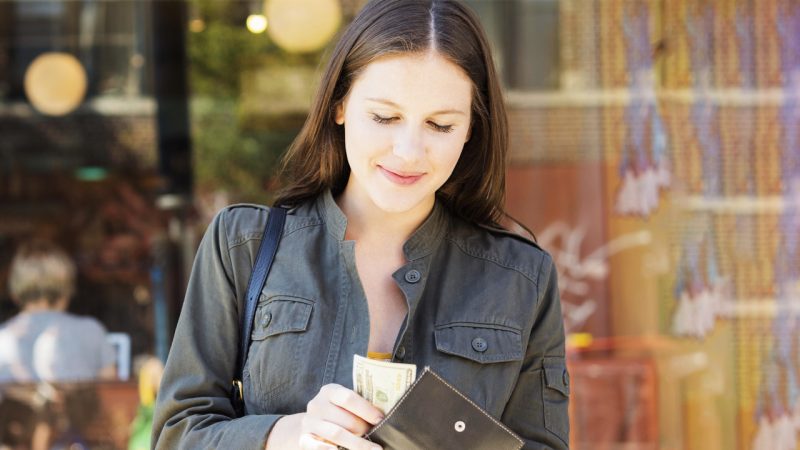Not spending money over a year has one obvious advantage: saving money. People partaking in the 'no-spend-year' saved tens of thousands of dollars and learnt a bit about themselves at the end of the difficult 12 months. They discovered what exactly they had to cut out - and talked about how on earth they did it.
Financial journalist Michelle McGagh took on the challenge back in 2016. She did it because she realised how much money she was spending on things she deemed unnecessary.
“There was no budget for luxuries,” she wrote. “That meant no cinema trips, no nights in the pub, no takeaways or restaurant meals, no new clothes, no holidays, no gym memberships, not even a KitKat or cheeky cheesecake from the supermarket.”
All she spent money on was bills, groceries, and basic toiletries. McGagh jumped right into the challenge and found herself biking everywhere, wearing the same clothes until they were torn, and with some long hair on her head.
Soon though, she had a lot of spare money and was even able to start paying more of her mortgage off than ever before. She also said that she truly started enjoying her free time and exploring the outdoors when the weather was viable enough to get outside.
By the end of the year, she had saved $23,000 and had a completely different attitude towards spending money.
“I’m grateful to have disposable income to save and feel I should make the most of it - I hope I have encouraged other people to reconsider their spending patterns too,” she concluded.
Michelle Jackson also completed the challenge. She saved $13,500 over the 12 months and shared some tips for people wanting to partake herself, as well as being able to view her spending habits objectively.
The hardest part, she noted, was that everywhere you go, you can buy something - to and from work, getting gas, going on a walk, everywhere!
She said to figure out your own non-negotiable items you can buy. For example, she still bought high-quality food as “good food is part of maintaining health.” Michelle also told her friends and family she was doing it so that they would know what to “expect when spending time with her during the challenge.”
Over the course of the challenge, she realised that she would spend money as a way to make herself feel better in the short term, dubbing herself an “emotional spender”.
“If I was feeling a little bit down, I would pop into a store and buy something,” she said. “I noticed that when I was bored, I wanted to spend money on items that I wanted even though I didn’t need anything.”
With the way things are going at the moment, it can be really hard to save money. A no-spend-year might be a bit extreme, but a month could see you discover a bit about your spending habits.




